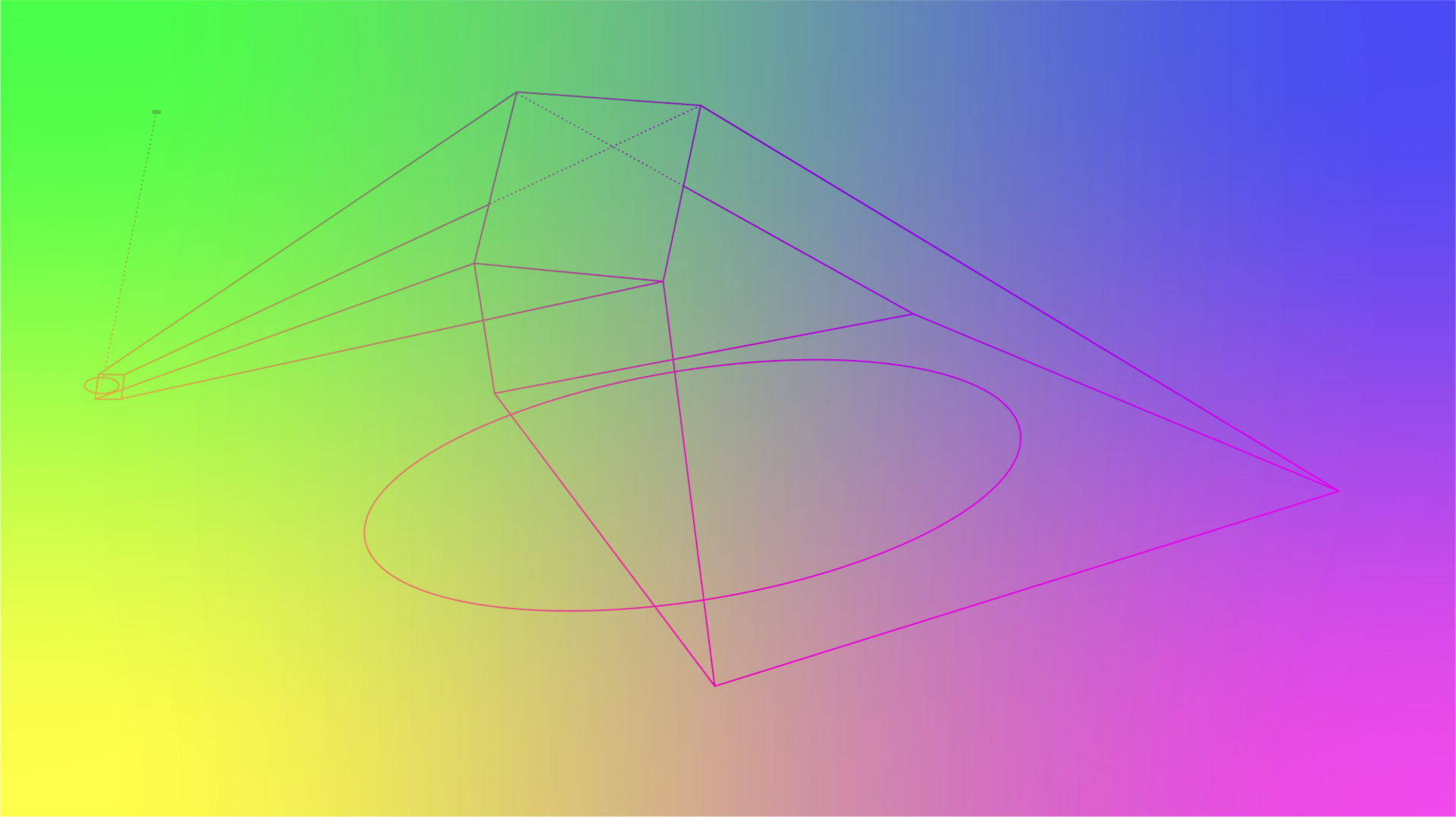Dele Adeyemo, a Nigerian and Scottish artist, is presenting their work, From Longhouse to Highrise: The Course of Empire digitally at the agYU. This multi-faceted piece explores and responds to the development of the North York region, predicting its future, and questioning “what it means to be caught in the course of empire.”
“My digital art project with the agYU, From Longhouse to Highrise: The Course of Empire, engages with a range of community organizers and people who are affecting changes at the grass roots level in and around the campus of York. Through a series of interviews that encompassed community activists, Black urban farmers, and Black and Indigenous educators, I was able to produce an audio-visual experience that explores the history of land use in North York. The result is an interactive, multidimensional archive of space that unsettles the notion of linear time embedded in settler colonial narratives of development,” says Adeyemo.
Describing himself as an artist, architect, and critical urban theorist, Adeyemo explains that he found himself drawing and designing things as a way to make sense of the world from an early age.
“Much of what I was doing when I was young was about processing the dissonances of being a mixed race child that was born in Nigeria but grew up in the very white environment of Glasgow, Scotland. At the time, I didn’t know of any Black artists or creatives, and the world of conceptual art that was trending at the time, with the minimalist white cubes and sardonic humour, seemed austere and soulless to me.
“Perhaps if someone had pointed out the work of Afro-Scots creatives like Maud Sulter’s photography or Jackie Kay’s poetry to me, then I might have been inspired to go straight into art, but this also speaks to the ongoing erasure from history that Black artists often experience,” says Adeyemo.
Felicia Mings, the curator of From Longhouse to Highrise: The Course of Empire, explains that when she first met Adeyemo in 2019 at one of his previous exhibits, she became interested in his work through their conversation.
“When I was invited by the AGYU’s Director and Curator Jenifer Papararo to work on a digital art commission, I felt that this would be a great opportunity to work with Dele and that his practice of Trans-Epestemic Mapping would be a useful methodology for thinking about the site of York and the York region in this moment of the gallery transitioning to the new Joan and Martin Goldfarb Gallery,” says Mings.
Adeyemo reflects that despite how the world is increasingly becoming more politically and historically aware, we still see the impacts of colonialism and slavery through institutions, adding that he sees this as the architecture of racial capitalism.
“The privilege of working as an artist/architect is that I have the possibility of not just imagining the world as it could be, but bringing to life at least a small aspect of this with each project,” Adeyemo explains. “The transformation from the world as it is now, to the world that we want and need is not going to come from the top down, but from the forms of local organization and collective action that everyday people are practicing all the time.
“In fact, when you engage with these groups you realize that another world already exists,” Adeyemo adds. “So my work is very motivated by the potential to bring people together and engage with communities that are producing forms of solidarity and sociality that defy the architectures of racial capitalism.”
To learn more about Adeyemo and his exhibition at the agYU, click here and here.


